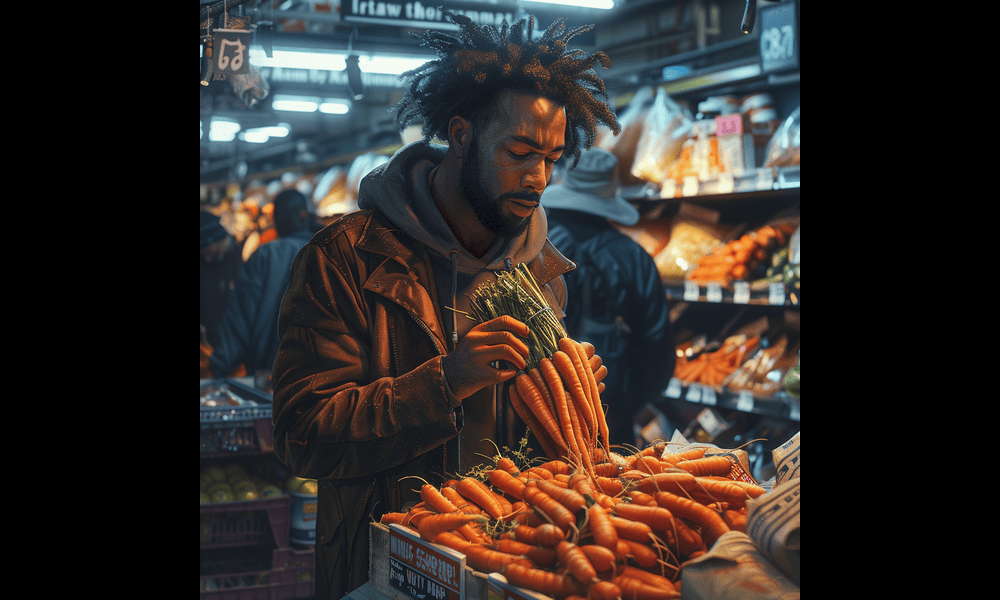Philadelphia’s markets have long pulsed as the city’s lifeblood, blending history, culture, and commerce. From the aroma of fresh hoagies to the chatter of locals, these hubs draw residents and tourists alike. Yet, in 2025, three cherished markets face troubling times, stirring unease among vendors who rely on them. Foot traffic has thinned, costs have climbed, and external pressures like economic shifts threaten their vibrancy. This article explores the challenges facing these markets—numbered for clarity—and the resilience of vendors fighting to keep traditions alive, all while capturing the human spirit that defines Philly.
1. Italian Market: A historic gem dims
Nestled in South Philadelphia, the Italian Market along 9th Street boasts a legacy stretching over a century. Its open-air stalls, fragrant with cheeses and meats, once thrived as a magnet for food lovers. Today, vendors face a stark reality. Rising rents in the surrounding area strain small businesses, with some reporting lease increases of 20% since 2023. Foot traffic, especially on weekdays, has dipped as remote work keeps locals home and suburban shoppers opt for convenience stores. The market’s charm—its narrow, bustling sidewalks—now feels quieter, with some stalls shuttered by mid-afternoon.
Vendors adapt by diversifying offerings, like adding vegan pastries or imported olive oils to attract younger crowds. Yet, competition from nearby chain grocers undercuts prices, and delivery apps siphon customers seeking quick meals. The market’s iconic curb-side displays, while picturesque, face stricter city regulations, limiting space and adding fines that pinch already tight budgets. Despite these hurdles, the community’s grit shines. Vendors share resources, like bulk ingredient orders, to cut costs, and some experiment with social media to lure visitors with behind-the-scenes videos of their craft.
2. Reading Terminal Market: Crowds thin, costs soar
Tucked beneath the historic arches of Reading Terminal Market, vendors have served Philly’s hungry for over 130 years. From Amish pretzels to soul food platters, the market’s diversity reflects the city’s soul. But in 2025, its vibrancy wanes. Weekend crowds, once shoulder-to-shoulder, have shrunk, with vendors noting a 15% drop in sales compared to pre-2023 peaks. Weekday lunch rushes, fueled by office workers, falter as hybrid work schedules keep desks empty. Tourists still visit, but inflation-weary travelers spend less, often snapping photos instead of buying.
Operating costs gnaw at profits. Stall rents, tied to the market’s prime location, have risen by roughly 10% in two years, while utility fees climb with energy prices. Vendors also grapple with supply chain woes—meat and produce costs have spiked due to global trade disruptions, forcing some to raise prices or shrink portions. To survive, many extend hours or join food festivals to boost visibility, but these efforts strain small teams. Still, the market’s spirit endures. Vendors collaborate on events, like themed tasting nights, to draw locals back, and some offer loyalty discounts to keep regulars loyal.
3. Clark Park Farmers Market: A green oasis falters
In West Philadelphia, Clark Park Farmers Market has been a weekend staple for decades, its tents brimming with local produce, breads, and crafts. Surrounded by the park’s leafy paths, it fosters community in a neighborhood proud of its roots. Yet, vendors here face mounting challenges. Attendance has slipped, with 2025 data showing a 12% drop in weekly visitors compared to 2022. Rainy weekends, more frequent due to shifting weather patterns, keep shoppers away, and limited parking discourages suburban buyers. Rising booth fees, up 8% since 2023, add pressure, especially for small-scale farmers already squeezed by drought-affected harvests.
Economic ripples, like recent tariffs on imported goods, inflate costs for tools and packaging, hitting vendors hard. Many rely on slim margins, and passing costs to customers risks alienating budget-conscious locals. To cope, some vendors pivot to online sales or partner with community gardens to source cheaper ingredients. Others host cooking demos to engage passersby, hoping to convert curiosity into sales. The market’s tight-knit vibe fuels resilience—vendors swap tips on weatherproofing stalls or navigating city permits, determined to preserve this green haven.
Economic and cultural ripples
The struggles of these markets reflect broader trends in Philadelphia. Recent trade policies, including tariffs introduced in early 2025, have driven up costs for goods like imported spices and packaging, squeezing vendors who operate on razor-thin margins. Local inflation, hovering around 4% annually, erodes consumer spending power, making discretionary purchases—like artisanal cheeses or handcrafted soaps—less appealing. Urban shifts, such as gentrification near the Italian Market, push out longtime residents who once shopped daily, replacing them with younger professionals less tied to market traditions.
Resilience amid uncertainty
Despite the gloom, vendors across these markets show remarkable tenacity. At the Italian Market, some have formed collectives to negotiate better supplier deals, cutting costs for everyone. Reading Terminal vendors experiment with pop-up events, like late-night dessert fairs, to lure younger crowds. At Clark Park, farmers team up with local schools to offer kids’ cooking classes, fostering loyalty among families. These efforts, while small, reflect a refusal to let history fade.
Technology offers a lifeline. Vendors increasingly turn to apps like Instagram or TikTok, showcasing their wares through vibrant videos or live streams. Some join local delivery platforms, bringing market goods to doorsteps. Yet, these solutions demand time and skills many vendors lack, and fees from third-party apps eat into profits. City support, like grants for small businesses or relaxed regulations, could ease the strain, but vendors report slow progress on promised aid.
Looking ahead
The fate of Philly’s markets hangs in the balance. Without steady foot traffic and affordable operating costs, more stalls may close, dimming the city’s cultural glow. Yet, the vendors’ resolve offers hope. Their creativity—whether through new recipes, community events, or digital outreach—keeps the markets alive, even if bruised. For now, these hubs remain places where Philly’s heart still beats, albeit faintly, as vendors fight to preserve their legacy in a changing world.











